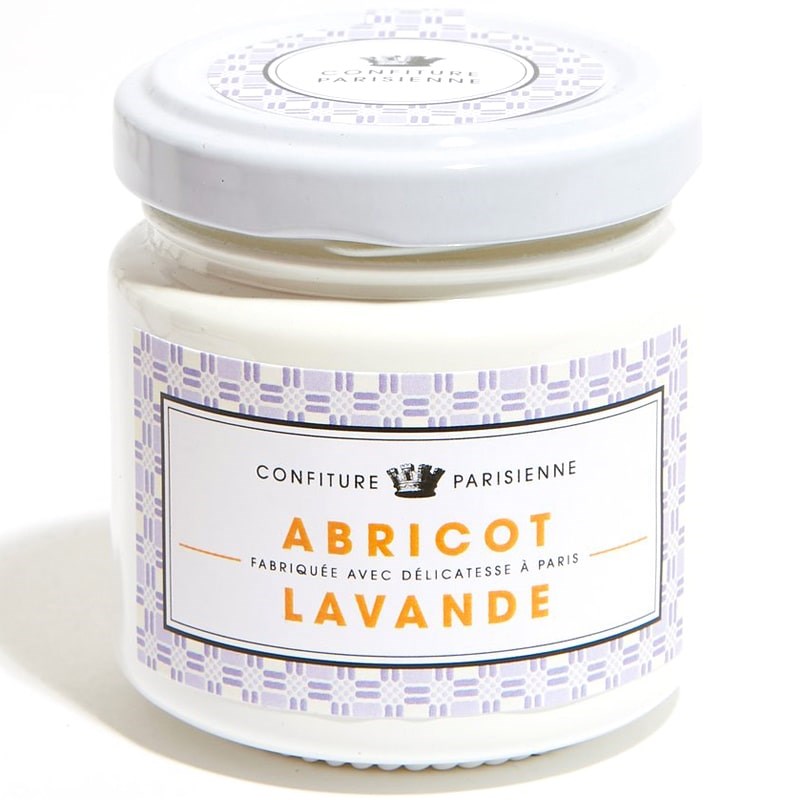$12.00
Apricot Lavender
SKU: 44009
It is the sun which has an appointment at your breakfast table thanks to this preparation of apricot fruits straight from Confiture Parisienne's producer Thibaut in Carpentras associated with French lavender (of course!) and freshly shelled carefully by hand.
Tasting tips:
Savory: on a slice of farmhouse bread with squeezed orange juice. In a fromage blanc (white cheese) to taste one or two small grains of lavender.
These statements have not been evaluated by the Food and Drug Administration. This product is not intended to diagnose, treat, cure, or prevent any disease.
Savory: on a slice of farmhouse bread with squeezed orange juice. In a fromage blanc (white cheese) to taste one or two small grains of lavender.
These statements have not been evaluated by the Food and Drug Administration. This product is not intended to diagnose, treat, cure, or prevent any disease.
French Apricot, Unrefined Cane Sugar, Lemon, Citrus Pectin, Fresh Lavender.
Ingredients may be subject to change. The most accurate and up to date product ingredient list can also found on the product packaging.
Ingredients may be subject to change. The most accurate and up to date product ingredient list can also found on the product packaging.
In 2015, to revive a Parisian tradition, Nadège Gaultier and Laura Goninet founded Confiture Parisienne with the desire to create exceptional jams using products that are just as exceptional.
Since ancient times, foodies have developed various recipes for preserving fruits by cooking them with wine or honey.
But to taste jams as we know them, you have to wait for the first crusades and the introduction of cane sugar from the Arab world. This luxury food allows the transformation of fruit into jam, only reserved for royal tables. At the beginning of the 19th century, the production of beet sugar democratized this product. In Paris, many jam makers opened their stalls and supplied themselves with fruit from the surrounding orchards.
Since ancient times, foodies have developed various recipes for preserving fruits by cooking them with wine or honey.
But to taste jams as we know them, you have to wait for the first crusades and the introduction of cane sugar from the Arab world. This luxury food allows the transformation of fruit into jam, only reserved for royal tables. At the beginning of the 19th century, the production of beet sugar democratized this product. In Paris, many jam makers opened their stalls and supplied themselves with fruit from the surrounding orchards.



